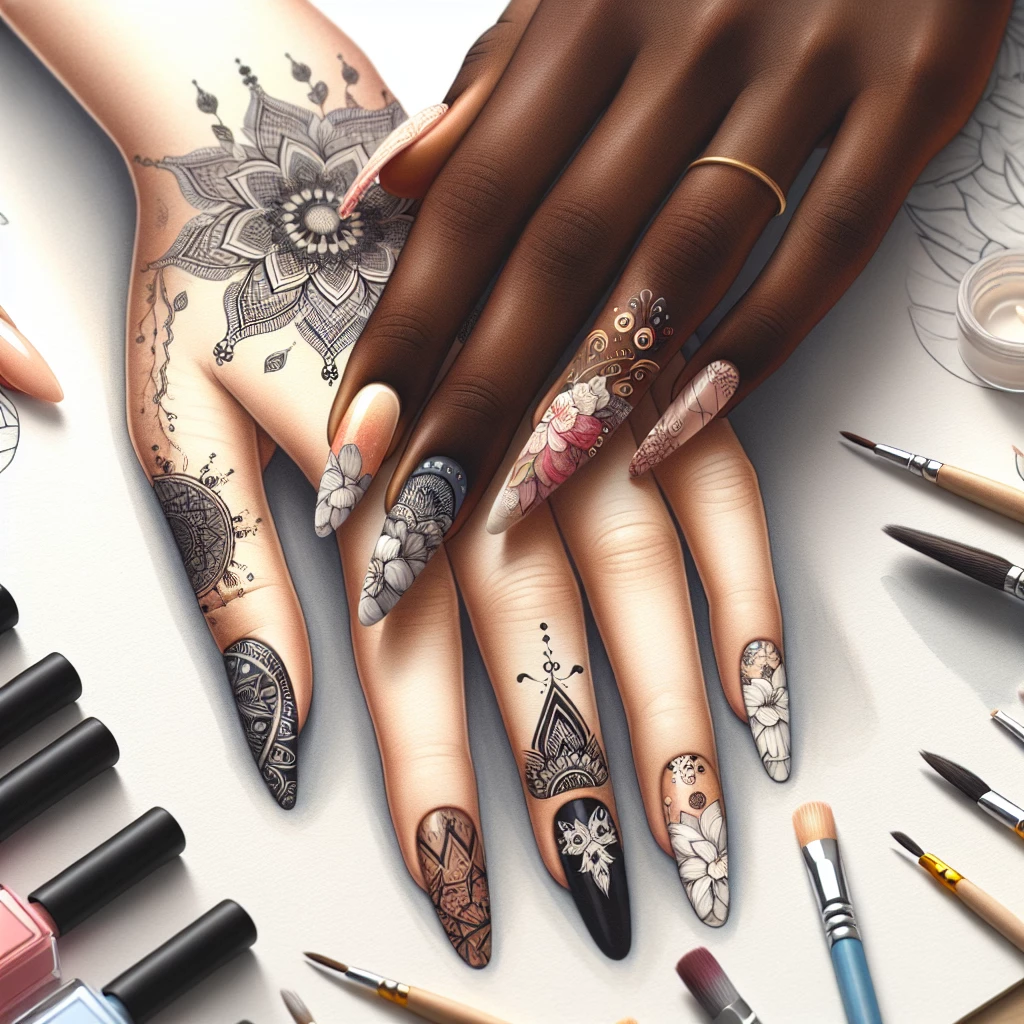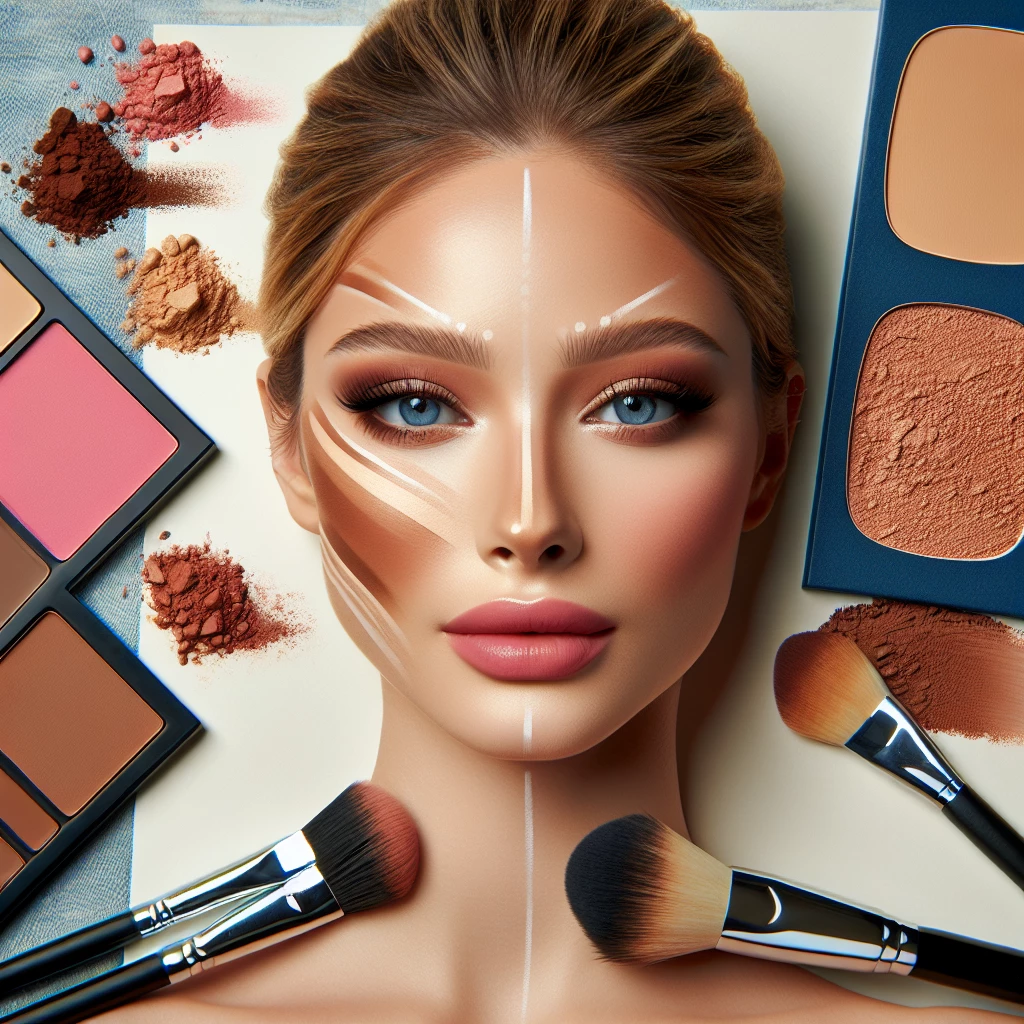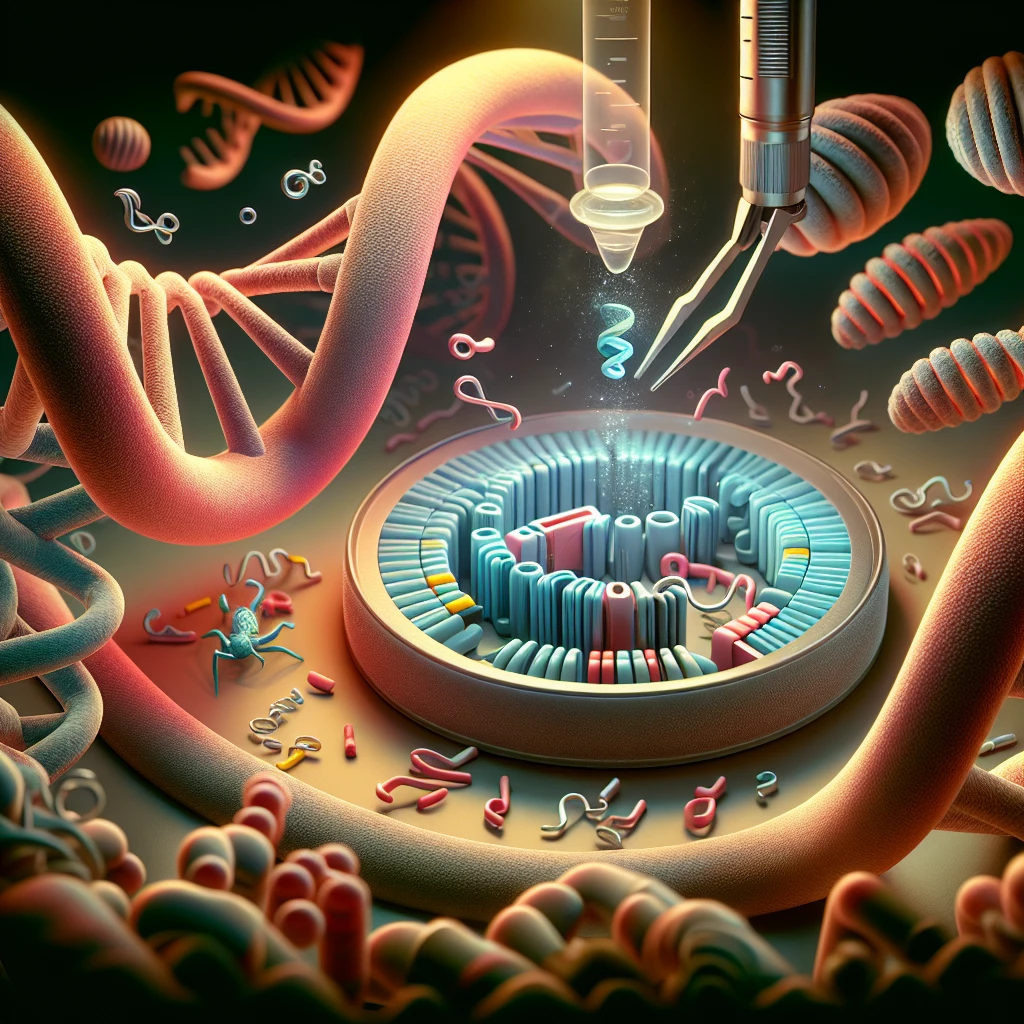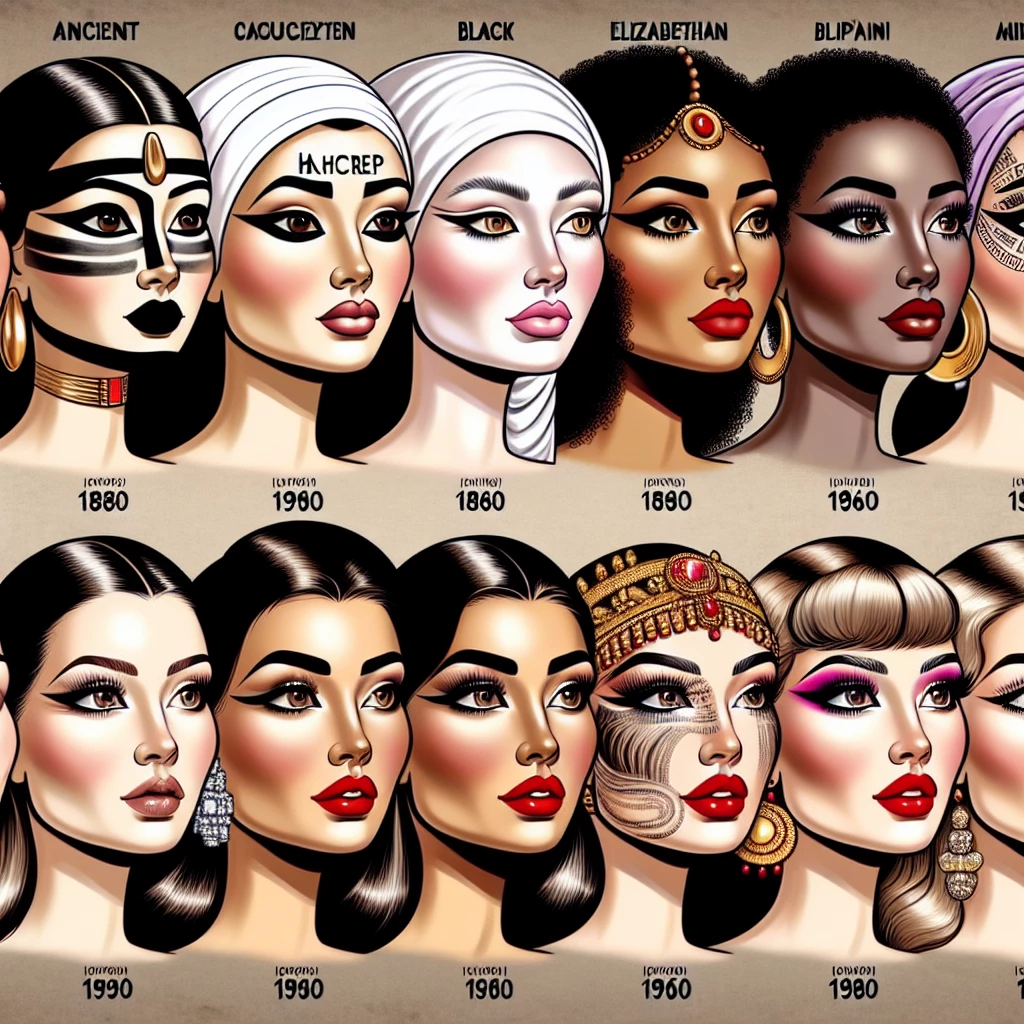Welcome to another insightful post on Makeup Queens. Today, we delve into the captivating world of makeup trends and unravel the rich history behind them. From the ancient ages to the modern beauty era, makeup has played a pivotal role in expressing societal norms, individual styles, and artistic aspiration. We will consider the impact of these trends and how they have shaped our current beauty standards. Sit back, and let's embark on this exciting journey together.
Ancient Beginnings: The Birth of Makeup
Believe it or not, makeup dates back to prehistoric times, where natural elements like earth pigments were used to create rudimentary forms of makeup. Early civilizations in Egypt, Greece, and Rome further popularized the use of makeup, using it for religious, status, and aesthetic purposes.
Kohl was a commonly used product, darkening the eyes for what is often associated with the distinct 'Egyptian look'. In Rome and Greece, crushed berries were used to stain the lips, an early form of lipstick. However, the extravagant use of makeup was often associated with high status in society and was often expensive and limited.
Despite the nuanced opinions on makeup in the early societies (plenty of it was lethal), this era laid the foundation for makeup as an essential facet of culture and personal identity.
The Middle ages and Makeup
The Middle Ages presented a distinct change in makeup trends. Prioritizing natural beauty and minimalism, it emerged from religious influences which frowned upon the 'vanity' of excessive makeup.
However, this didn't mean that makeup disappeared completely. Women used natural ingredients like beetroot for lip stains and egg whites for a glowing complexion. Having fair skin symbolized wealth and nobility, leading to dangerous concoctions to achieve this look.
The Middle ages highlight the complex relationship society has always had with beauty and makeup. Torn between condemning it for vanity and using it for societal standards, it continues the makeup trend narrative.
From Victorian Times to Modern Beauty
The Victorian era was another era of societal influence on beauty/aesthetics. Most women opted for a natural, 'angelic' appearance, but rogue for cheeks and products to accentuate the eyes were still used secretly.
Then came the 20th century, a revolutionary time for the makeup industry. With mass production, Hollywood influence, and changing societal norms, makeup became more accessible and varied. Styles ranged from the bold flapper look of the 20s, the elegant minimalism of the 60s, to the vibrant colors of the 80s.
Modern beauty continues this evolution, becoming more about self-expression and less about adhering strictly to societal ideals. However, the influence of history is undeniable in current makeup trends.
The Impact and Changing Perception of Makeup
Across ages, makeup trends have inevitably shaped our perception of beauty. While they have often enforced unrealistic beauty standards, they also reflect society's evolution in understanding beauty.
One crucial aspect is the democratization of makeup, moving away from it being a privilege of the elite to an ordinary part of people's lives. Moreover, with the rise of social media and beauty influencers, individuals have a platform to challenge conventional beauty ideals and create diverse trends.
The impact of makeup trends goes beyond face value, reflecting societal shifts, personal identities, and artist expression.
Makeup trends are a fascinating journey through time and culture, each era having its unique voice in the ever-evolving beauty narrative. From ancient beginnings to our modern day makeup revolution, these trends reveal more than just aesthetics. They show our societal evolution, cultural shifts, and progressive understanding of beauty. History, truly, has never looked so beautiful. Join us next time on Makeup Queens as we continue to explore the enchanting world of beauty.

In-depth Dive into Nail Art
Get inspired by the latest trends in nail art and learn about the essential products for the same.

Glitter Makeup: Dazzle with Grace
Understand the do's and don'ts of glitter makeup and unveil the products that can help you sparkle.

Contouring 101: A Beginner's Guide
Comprehend the art of contouring and explore the best products to achieve that perfect sculpted look.

Decoding the Function of Primers
An overview of the uses, benefits, and the must-have primers for your daily beauty regime.
